When we talk about cinematic legends, Michael Ballhaus’s name is bound to come up.
His mastery behind the lens has given us some of the most visually stunning films in history.
Best Michael Ballhaus Films
We’re diving into the crème de la crème of his work, showcasing the 10 best Michael Ballhaus movies that have left an indelible mark on the world of cinema.
Goodfellas (1990)
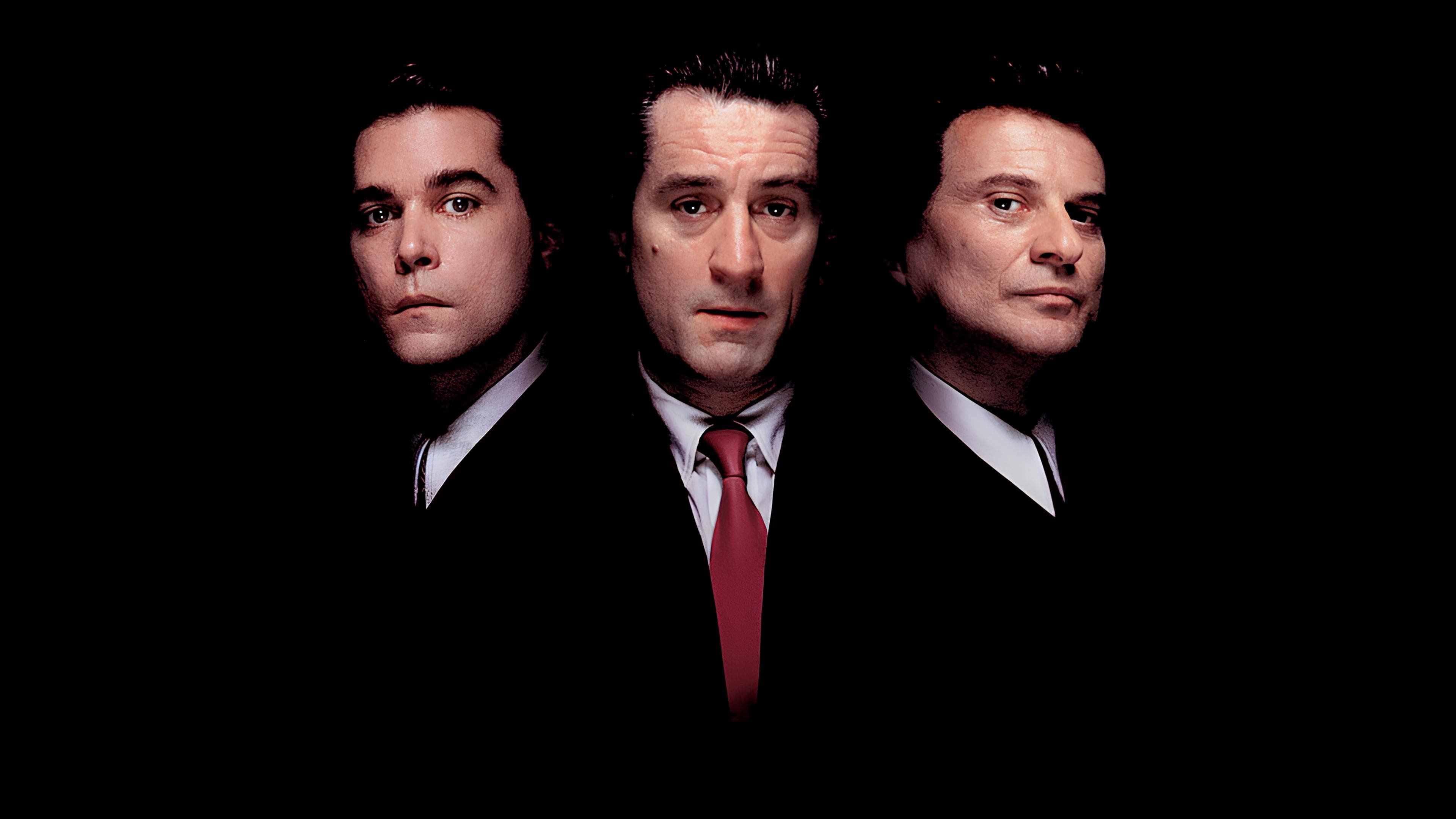
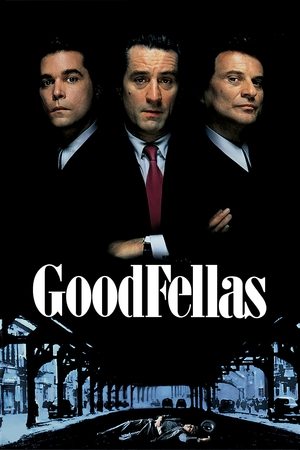
GoodFellas
Three decades of life in the mafia.
1990 • 2h 25min • ★ 8.455/10 • United States of America
Directed by: Martin Scorsese
Cast: Robert De Niro, Ray Liotta, Joe Pesci, Lorraine Bracco, Paul Sorvino
The true story of Henry Hill, a half-Irish, half-Sicilian Brooklyn kid who is adopted by neighbourhood gangsters at an early age and climbs the ranks of a Mafia family under the guidance of Jimmy Conway.


GoodFellas
Three decades of life in the mafia.
1990 • 2h 25min • ★ 8.455/10 • United States of America
Directed by: Martin Scorsese
Cast: Robert De Niro, Ray Liotta, Joe Pesci, Lorraine Bracco, Paul Sorvino
The true story of Henry Hill, a half-Irish, half-Sicilian Brooklyn kid who is adopted by neighbourhood gangsters at an early age and climbs the ranks of a Mafia family under the guidance of Jimmy Conway.
Goodfellas is a tour de force of cinematic prowess and stands tall as one of Michael Ballhaus’s most celebrated works.
The film’s visual storytelling serves as a master class in camera movement and composition.
Detailing the rise and fall of a mob associate, the movie showcases Ballhaus’s skill in capturing the gritty reality of the gangster lifestyle.
Our journey through the lens of Goodfellas immerses us in a world where loyalty and betrayal are as common as the changing seasons.
The iconic Copacabana shot alone is enough to secure Goodfellas a spot on this list.
Ballhaus’s unbroken three-minute Steadicam sequence is a marvel of choreography and timing.
We recognize the blend of dynamic cinematography with Scorcese’s direction as a hallmark of filmmaking excellence.
Crafting scenes with tension so thick, you could cut it with a knife, was all in a day’s work for Ballhaus.
- Unforgettable shots,
- Steadicam sequences,
- Close-up character introspections.
Goodfellas not only earned Ballhaus an Oscar nomination but also cemented his reputation as a cinematic craftsman.
The movie remains a reference point for aspiring filmmakers and cinematographers alike.
Our exploration into the best Michael Ballhaus movies would incomplete without acknowledging his contribution to this classic.
True to form, Goodfellas reflects Ballhaus’s ability to evoke powerful emotions through the mere act of visual storytelling.
The Departed (2006)
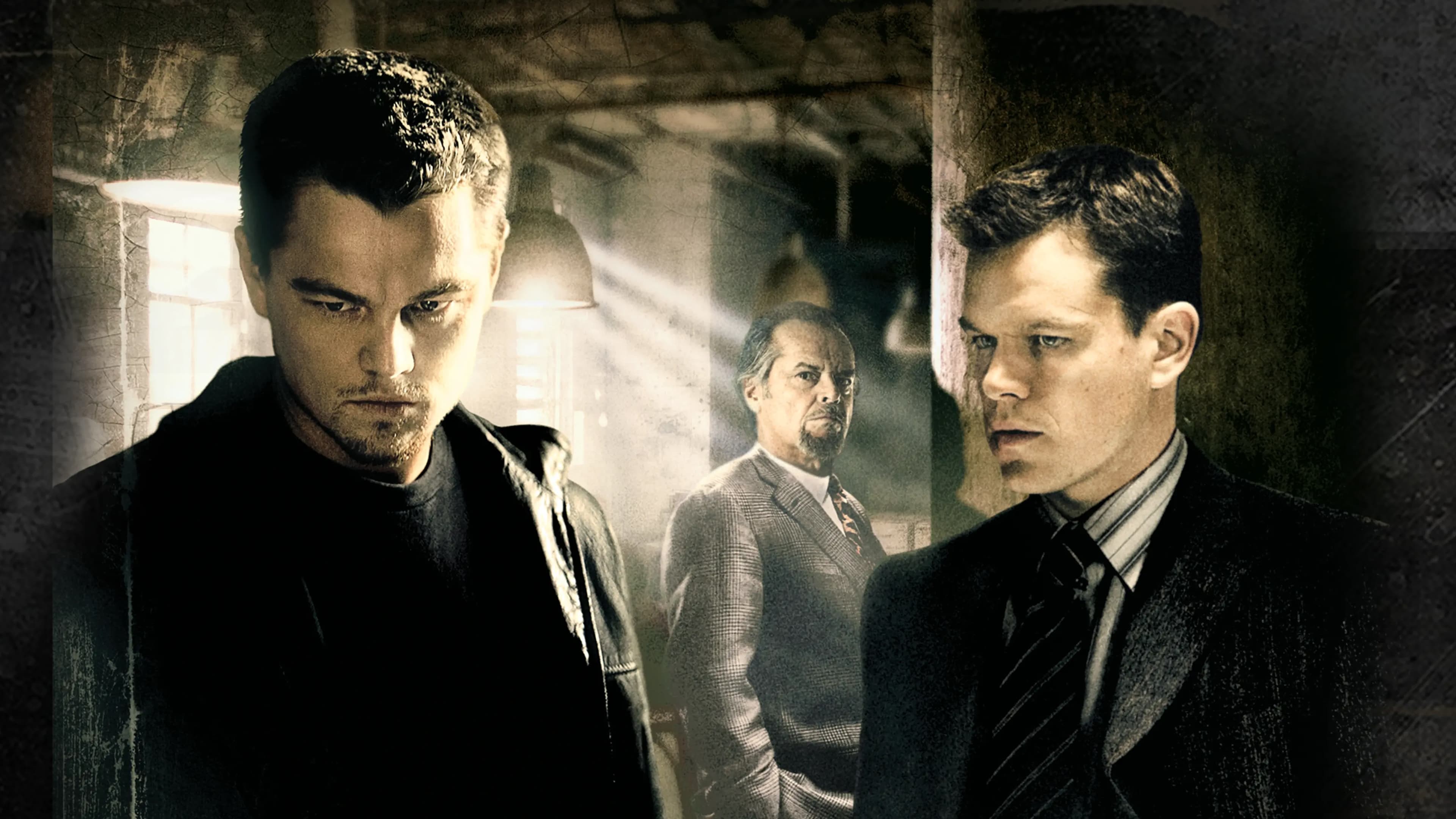
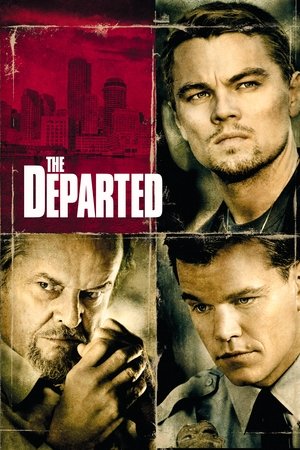
The Departed
Cops or criminals. When you’re facing a loaded gun, what’s the difference?
2006 • 2h 31min • ★ 8.159/10 • Hong Kong
Directed by: Martin Scorsese
Cast: Leonardo DiCaprio, Matt Damon, Jack Nicholson, Mark Wahlberg, Martin Sheen
To take down South Boston's Irish Mafia, the police send in one of their own to infiltrate the underworld, not realizing the syndicate has done likewise. While an undercover cop curries favor with the mob kingpin, a career criminal rises through the police ranks. But both sides soon discover there's a mole among them.


The Departed
Cops or criminals. When you’re facing a loaded gun, what’s the difference?
2006 • 2h 31min • ★ 8.159/10 • Hong Kong
Directed by: Martin Scorsese
Cast: Leonardo DiCaprio, Matt Damon, Jack Nicholson, Mark Wahlberg, Martin Sheen
To take down South Boston's Irish Mafia, the police send in one of their own to infiltrate the underworld, not realizing the syndicate has done likewise. While an undercover cop curries favor with the mob kingpin, a career criminal rises through the police ranks. But both sides soon discover there's a mole among them.
The Departed stands as a high-water mark in Michael Ballhaus’s illustrious career, showcasing his virtuosity in the crime-thriller genre.
Pairing once again with Martin Scorsese, Ballhaus creates a visually gritty Boston underworld that’s as immersive as it is intense.
We were enthralled by the film’s compelling use of space and light, creating a visceral energy that amplifies the story’s tension.
Every frame of The Departed is meticulously crafted to enhance the narrative, proving that Ballhaus’s approach to cinematography is as much about storytelling as it is about imagery.
Ballhaus’s contribution to The Departed goes beyond visual aesthetics, deeply influencing the film’s overall pace and mood.
His camera work exemplifies his ability to juxtapose moments of stillness against scenes of chaotic action, a technique that keeps viewers on the edge of their seats.
If you like Michael Ballhaus’s performances, on our sister site AuteurGraph we have a profile page, a visual film timeline, and a ratings page that gives a tonne of info and data about their career in a visualized form.
Key Aspects of Ballhaus’s Cinematography in The Departed:
- Strategic use of shadows and light to reflect the duality of the characters,
- Dynamic camera movements that capture the urgent pace of the storyline.
In The Departed, Ballhaus demonstrates his mastery in conveying moral ambiguity through visual cues.
Characters are often framed against complex backdrops, suggesting there’s more than meets the eye in the twisted narrative of lies and loyalty.
Harnessing the power of visual storytelling, Ballhaus helps to elevate The Departed from a mere crime story to a stunning exploration of identity and deception.
His unique visual signature is evident throughout the movie, confirming his role as not just a director of photography, but as an essential narrative voice in film creation.
Gangs of New York (2002)
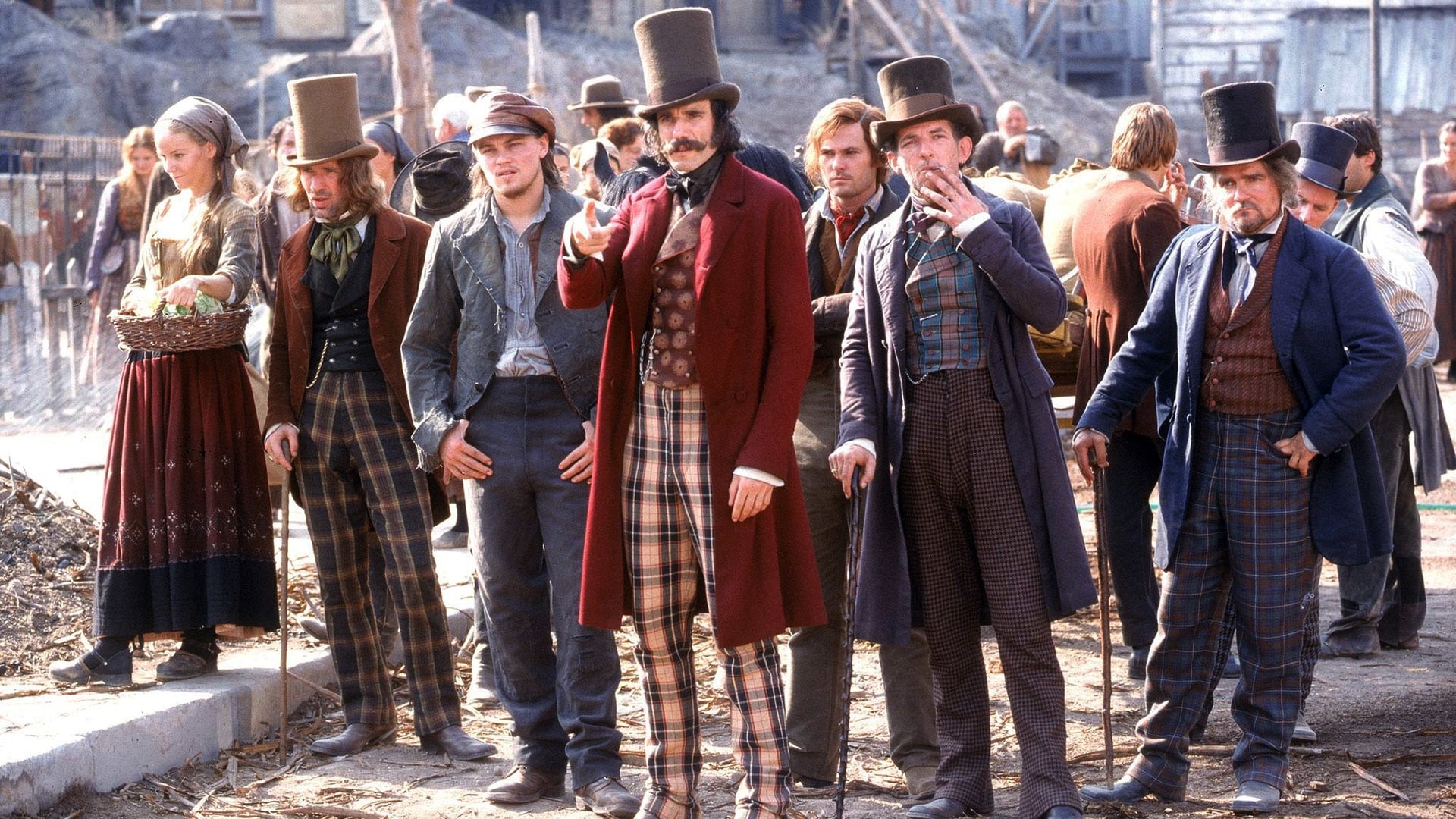
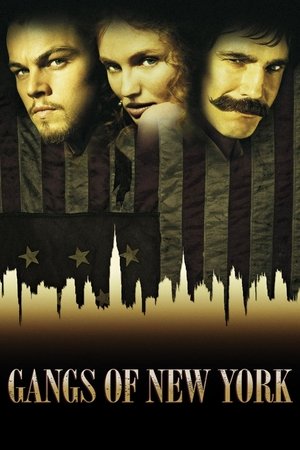
Gangs of New York
America was born in the streets.
2002 • 2h 48min • ★ 7.317/10 • United States of America
Directed by: Martin Scorsese
Cast: Leonardo DiCaprio, Daniel Day-Lewis, Cameron Diaz, Jim Broadbent, John C. Reilly
In early 1860s New York, Irish immigrant Amsterdam Vallon is released from prison and returns to the Five Points, seeking revenge against his father's killer, William Cutting, a powerful anti-immigrant gang leader. He knows that revenge can only be attained by infiltrating Cutting's inner circle. Vallon's journey becomes a fight for personal survival and to find a place for the Irish people.


Gangs of New York
America was born in the streets.
2002 • 2h 48min • ★ 7.317/10 • United States of America
Directed by: Martin Scorsese
Cast: Leonardo DiCaprio, Daniel Day-Lewis, Cameron Diaz, Jim Broadbent, John C. Reilly
In early 1860s New York, Irish immigrant Amsterdam Vallon is released from prison and returns to the Five Points, seeking revenge against his father's killer, William Cutting, a powerful anti-immigrant gang leader. He knows that revenge can only be attained by infiltrating Cutting's inner circle. Vallon's journey becomes a fight for personal survival and to find a place for the Irish people.
Stepping into the bustling world of 19th-century New York, Gangs of New York emerges as a vivid tapestry of the city’s brutal past.
With Michael Ballhaus’s eye behind the lens, each scene bursts with raw energy, effectively transporting viewers to the volatile Five Points neighborhood.
His collaboration with director Martin Scorsese resulted in a cinematic marvel that’s both visually arresting and historically poignant.
Ballhaus’s cinematography captures the sheer magnitude of the city’s divided factions, juxtaposing their fierce battles with moments of unexpected humanity.
Amidst the sprawling set pieces, Ballhaus’s camera work emphasizes the intricate details.
He portrays the visceral grime of the streets and the flamboyance of the period’s costumes with equal clarity, all while maintaining narrative coherence.
- Key Highlights –,
- Meticulous attention to period detail,
- Expansive yet intimate framing of scenes.
Our examination of Ballhaus’s work would be incomplete without acknowledging the dynamic range of colors and shadows he employs to reflect the film’s intense emotions.
The way he manipulates light distinguishes friend from foe and underscores the film’s underlying tension.
Besides, his employment of intricate camera movements encapsulates the chaos that engulfs the city.
Rapid shifts and dizzying sweeps make the audience feel part of the action, a testament to his ability to create immersive experiences.
Ballhaus’s work on Gangs of New York is a masterful display of his versatility.
It showcases a different facet of his expertise, proving that his skills were not confined to contemporary settings but could also revitalize historical epics.
His contribution to the film enhances our understanding of a turbulent part of American history and the power of cinema in depicting it.
The Color of Money (1986)

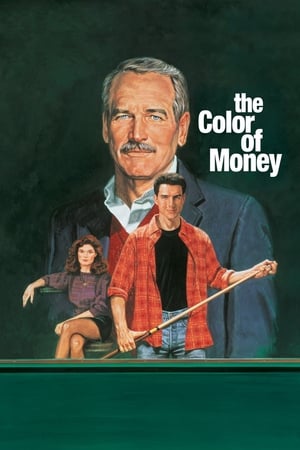
The Color of Money
The Hustler isn't what he used to be. But he has the next best thing. A kid who is.
1986 • 1h 59min • ★ 6.857/10 • United States of America
Directed by: Martin Scorsese
Cast: Paul Newman, Tom Cruise, Mary Elizabeth Mastrantonio, Helen Shaver, John Turturro
Former pool hustler "Fast Eddie" Felson decides he wants to return to the game by taking a pupil. He meets talented but green Vincent Lauria and proposes a partnership. As they tour pool halls, Eddie teaches Vincent the tricks of scamming, but he eventually grows frustrated with Vincent's showboat antics, leading to an argument and a falling-out. Eddie takes up playing again and soon crosses paths with Vincent as an opponent.


The Color of Money
The Hustler isn't what he used to be. But he has the next best thing. A kid who is.
1986 • 1h 59min • ★ 6.857/10 • United States of America
Directed by: Martin Scorsese
Cast: Paul Newman, Tom Cruise, Mary Elizabeth Mastrantonio, Helen Shaver, John Turturro
Former pool hustler "Fast Eddie" Felson decides he wants to return to the game by taking a pupil. He meets talented but green Vincent Lauria and proposes a partnership. As they tour pool halls, Eddie teaches Vincent the tricks of scamming, but he eventually grows frustrated with Vincent's showboat antics, leading to an argument and a falling-out. Eddie takes up playing again and soon crosses paths with Vincent as an opponent.
Martin Scorsese’s The Color of Money saw Michael Ballhaus bring his A-game to a story of mentorship and ambition in the high-stakes world of pool hustling.
With a narrative driven by the performances of Paul Newman and Tom Cruise, our focus, as always, is on how Ballhaus’s cinematography elevates the film.
Ballhaus utilized the dynamic world of pool halls to create a visual rhythm that mirrors the tension and competitiveness of the sport.
His camera work captured the slick moves of the pool hustlers and the psychological battles fought across the green felt.
In this sequel to The Hustler, the passage of time is a central theme and Ballhaus’s lighting choices reflected the aging process of Newman’s character, ‘Fast Eddie’ Felson.
Darker tones and strategic shadows bring weight to moments of introspection and self-doubt.
Collaborating with Scorsese often meant crafting scenes that resonate with emotional depth and complexity.
The strategic use of camera angles and movements helped to convey the characters’ internal narratives without relying on dialogue.
Ballhaus’s technique of blending natural and artificial light played a significant role in enhancing the film’s aesthetic.
It brought out the stark contrasts that are part of the hustler lifestyle –
- The flicker of neon signs,
- The focused spotlight over the pool table,
- The dimly lit corners of each venue.
Each frame composed by Ballhaus told a story of its own, reinforcing the themes of legacy and redemption that are weaved into the screenplay.
His work on The Color of Money illustrates why he remains one of the most respected cinematographers in the industry and why this film deserves a spot on our list.
Knowing kinetic energy and how to visually articulate the essence of a character’s journey is a Ballhaus hallmark.
The pivotal scenes featuring the pool games themselves showcase Ballhaus’s ability to make even the smallest of movements narratively significant.
The Age of Innocence (1993)
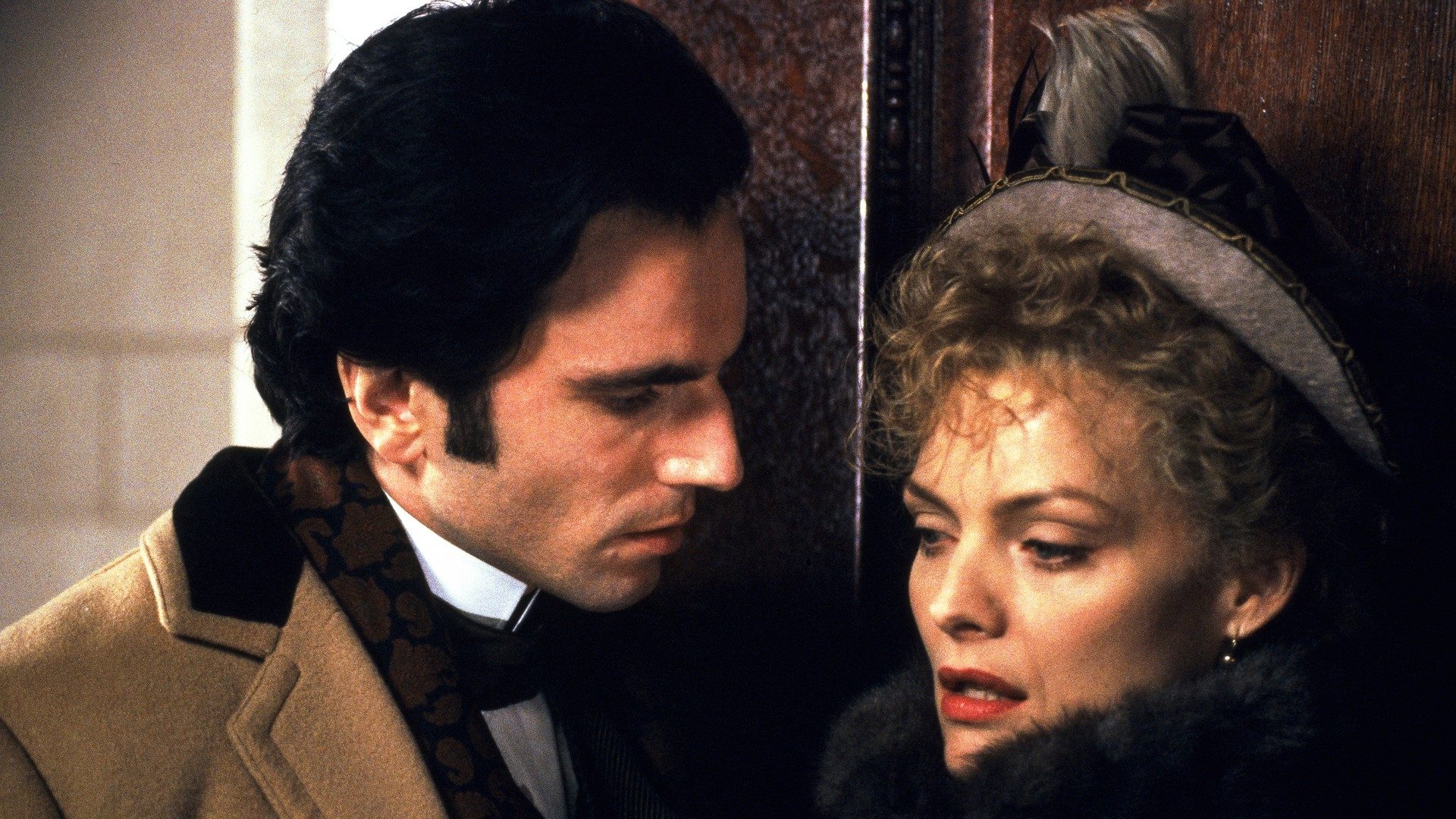
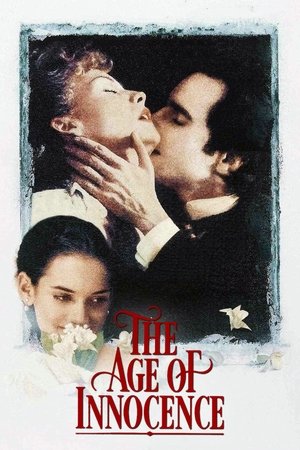
The Age of Innocence
In a world of tradition. In an age of innocence. They dared to break the rules.
1993 • 2h 19min • ★ 6.977/10 • United States of America
Directed by: Martin Scorsese
Cast: Daniel Day-Lewis, Michelle Pfeiffer, Winona Ryder, Alexis Smith, Geraldine Chaplin
In 19th century New York high society, a young lawyer falls in love with a woman separated from her husband, while he is engaged to the woman's cousin.


The Age of Innocence
In a world of tradition. In an age of innocence. They dared to break the rules.
1993 • 2h 19min • ★ 6.977/10 • United States of America
Directed by: Martin Scorsese
Cast: Daniel Day-Lewis, Michelle Pfeiffer, Winona Ryder, Alexis Smith, Geraldine Chaplin
In 19th century New York high society, a young lawyer falls in love with a woman separated from her husband, while he is engaged to the woman's cousin.
When we jump into the elegance and rigidity of New York’s high society in the 1870s, The Age of Innocence stands out as a testament to Michael Ballhaus’s deft handling of period dramas.
His cinematographic craft transforms the film into a visual feast, enveloping viewers in the opulence of the Gilded Age.
Ballhaus’s meticulous attention to color palettes and soft lighting accentuates the sumptuous costumes and intricate set designs.
He captures the restrained emotions and unspoken desires that simmer beneath the polished exteriors of the characters.
Working with director Martin Scorsese, Ballhaus embraced the challenge of translating Edith Wharton’s Pulitzer Prize-winning novel to the screen.
The resulting collaboration is a film that not only tells a story with words but also with each meticulously framed shot.
In The Age of Innocence, Ballhaus utilized techniques that allowed the film’s visual storytelling to:
- Mirror the internal struggles of the characters,
- Portray the lavishness and strict social codes of the era.
Even though its historical setting, the cinematography is far from static.
Dynamic camera movements are used sparingly but effectively to underscore pivotal moments, ensuring that the film’s narrative flow is both engaging and seamless.
Our appreciation for Ballhaus’s work in The Age of Innocence deepens when considering the subtle balance he achieves between stylization and realism.
This equilibrium allows the film to resonate emotionally with the audience while remaining true to its period detail.
Ballhaus’s contribution to The Age of Innocence further cements his reputation as a cinematographer capable of enhancing a film’s atmospheric depth.
He has the uncanny ability to translate complex novels into a visual language that is both eloquent and commanding.
The Last Temptation of Christ (1988)
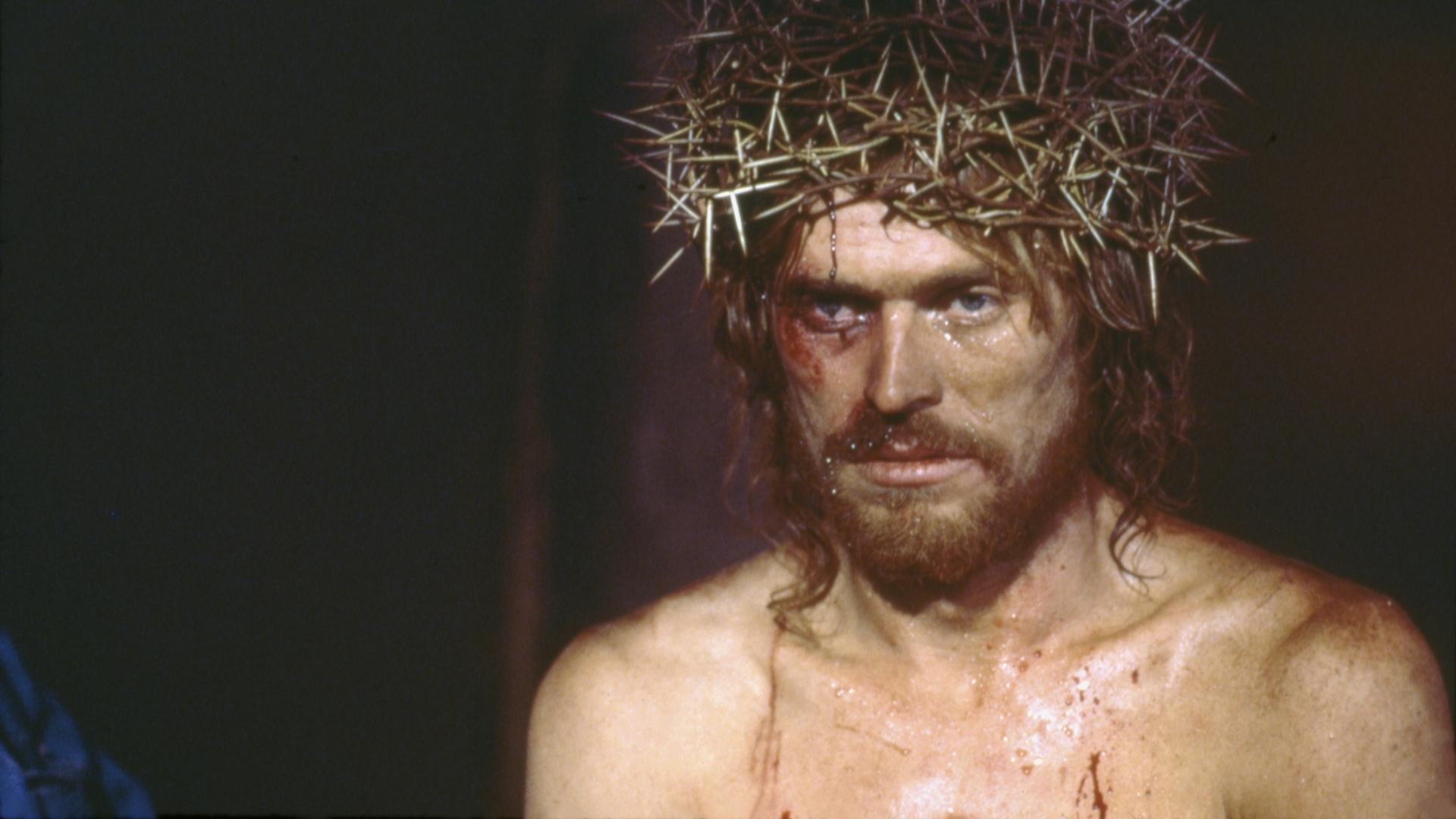
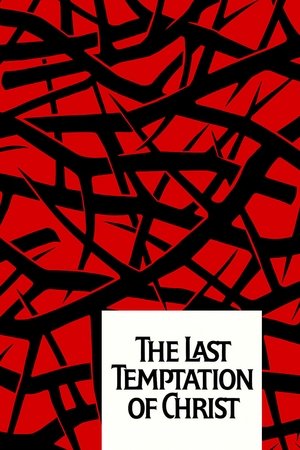
The Last Temptation of Christ
1988 • 2h 43min • ★ 7.222/10 • United States of America
Directed by: Martin Scorsese
Cast: Willem Dafoe, Harvey Keitel, Paul Greco, Steve Shill, Verna Bloom
Jesus, a humble Judean carpenter beginning to see that he is the son of God, is drawn into revolutionary action against the Roman occupiers by Judas -- despite his protestations that love, not violence, is the path to salvation. The burden of being the savior of mankind torments Jesus throughout his life, leading him to doubt.


The Last Temptation of Christ
1988 • 2h 43min • ★ 7.222/10 • United States of America
Directed by: Martin Scorsese
Cast: Willem Dafoe, Harvey Keitel, Paul Greco, Steve Shill, Verna Bloom
Jesus, a humble Judean carpenter beginning to see that he is the son of God, is drawn into revolutionary action against the Roman occupiers by Judas -- despite his protestations that love, not violence, is the path to salvation. The burden of being the savior of mankind torments Jesus throughout his life, leading him to doubt.
The Last Temptation of Christ stands as a bold testament to Michael Ballhaus’s versatility in cinematography.
In this controversial film directed by Martin Scorsese, we see his proficiency in capturing the grit and rawness of biblical times.
His camera work is an artful juxtaposition of the divine and the human, setting a compelling visual tone for the film’s exploration of faith and doubt.
Through Ballhaus’s lens, the arid landscapes and ancient architectures are not just backdrops but integral characters in the narrative.
His use of natural light imbues scenes with an authenticity that is almost palpable.
The elements of light and shadow play crucial roles –
- Conveying the internal struggle of Jesus,
- Emphasizing the stark contrasts between good and evil.
Ballhaus’s ability to harness the power of film to tell a story is evident in The Last Temptation of Christ.
His dynamic compositions and the seamless integration of camera movement with the actors’ performances amplify the emotional weight of each scene.
We witness his talent for crafting visually stunning films that remain thematically potent and persuasive.
His keen eye for detail is not lost in the film’s more intimate moments.
Close-ups and subtle movements create a sense of closeness, drawing us deeper into the personal journey of the film’s protagonist.
It’s in these quieter, more reflective sequences that Ballhaus’s refined skills shine, allowing audiences to feel the full impact of the narrative without uttering a single word.
Exploring the interplay between light and color, Ballhaus crafts a visual symphony that underscores the film’s complex theological undertones.
We’re treated to a palette that evolves with the story, echoing the spiritual growth and turmoil of the characters.
This strategic use of visual elements demonstrates once again Ballhaus’s profound influence on the language of film.
After Hours (1985)
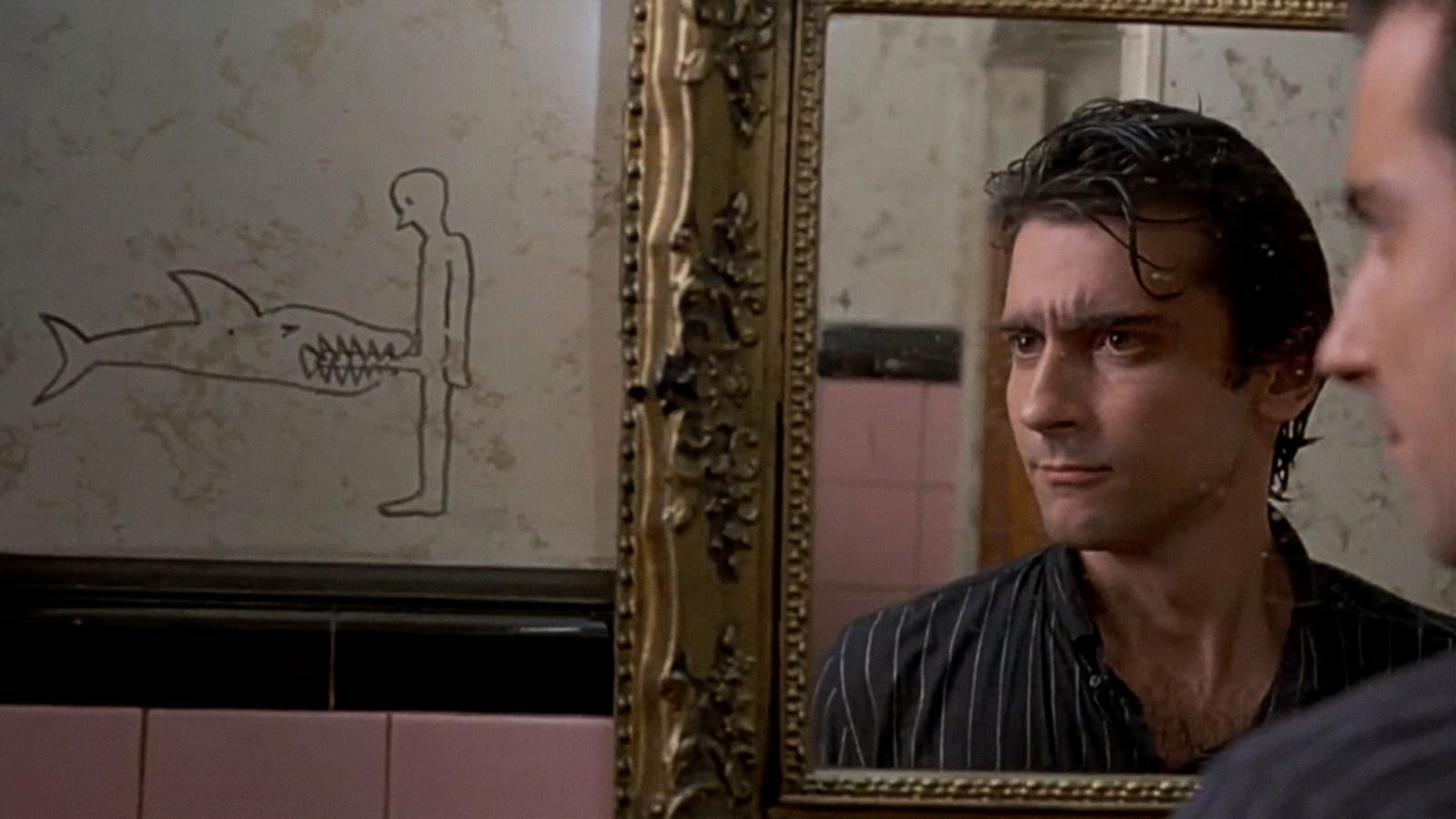
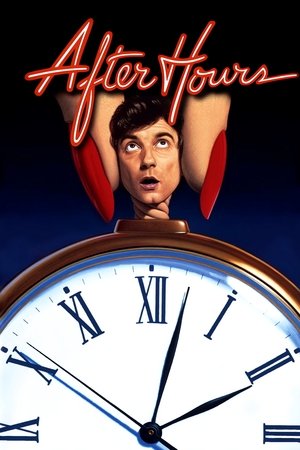
After Hours
What if that date you thought would never end, didn't?
1985 • 1h 37min • ★ 7.5/10 • United States of America
Directed by: Martin Scorsese
Cast: Griffin Dunne, Rosanna Arquette, Verna Bloom, Tommy Chong, Linda Fiorentino
Desperate to escape his mind-numbing routine, uptown Manhattan office worker Paul Hackett ventures downtown for a hookup with a mystery woman.


After Hours
What if that date you thought would never end, didn't?
1985 • 1h 37min • ★ 7.5/10 • United States of America
Directed by: Martin Scorsese
Cast: Griffin Dunne, Rosanna Arquette, Verna Bloom, Tommy Chong, Linda Fiorentino
Desperate to escape his mind-numbing routine, uptown Manhattan office worker Paul Hackett ventures downtown for a hookup with a mystery woman.
After Hours stands as a testament to the versatility Michael Ballhaus brought to the film industry.
His breathtaking cinematography catapulted this dark comedy into a visual masterpiece.
The camera work in After Hours is less about grandeur and more about capturing the manic energy of New York’s nightlife.
Ballhaus’s talent shines through the film’s surreal, nightmare-like quality.
We observe his mastery in creating tension through tight, enclosed spaces.
This mirrors the protagonist’s growing desperation.
His use of lighting accentuates the absurdity and paranoia suffusing the film.
Shadows and neon work in tandem to craft a unique atmosphere.
Here, Ballhaus’s skill lies in his ability to foster intimacy within chaos.
As the night unfolds, viewers feel a connection to the protagonist’s increasingly bizarre plight.
After Hours showcases Ballhaus’s dexterity with challenging environments.
The movie’s narrative is deeply intertwined with its cinematography.
Director Martin Scorsese and Ballhaus form a dynamic duo.
Their collaborative efforts yield a film that’s both engaging and visually innovative.
Their symbiotic relationship emphasizes narrative through visual storytelling.
It’s an unforgettable journey into the night that remains visually stimulating decades later.
It’s no wonder that After Hours is revered among cinephiles.
Ballhaus’s remarkable cinematographic techniques underpin the film’s enduring acclaim.
Expect the unexpected.
Every frame of this movie underscores the capricious nature of fate that the protagonist encounters.
With After Hours, we jump into a world where every technical choice has a purpose.
Ballhaus ensures that the visuals always serve the story.
Broadcast News (1987)
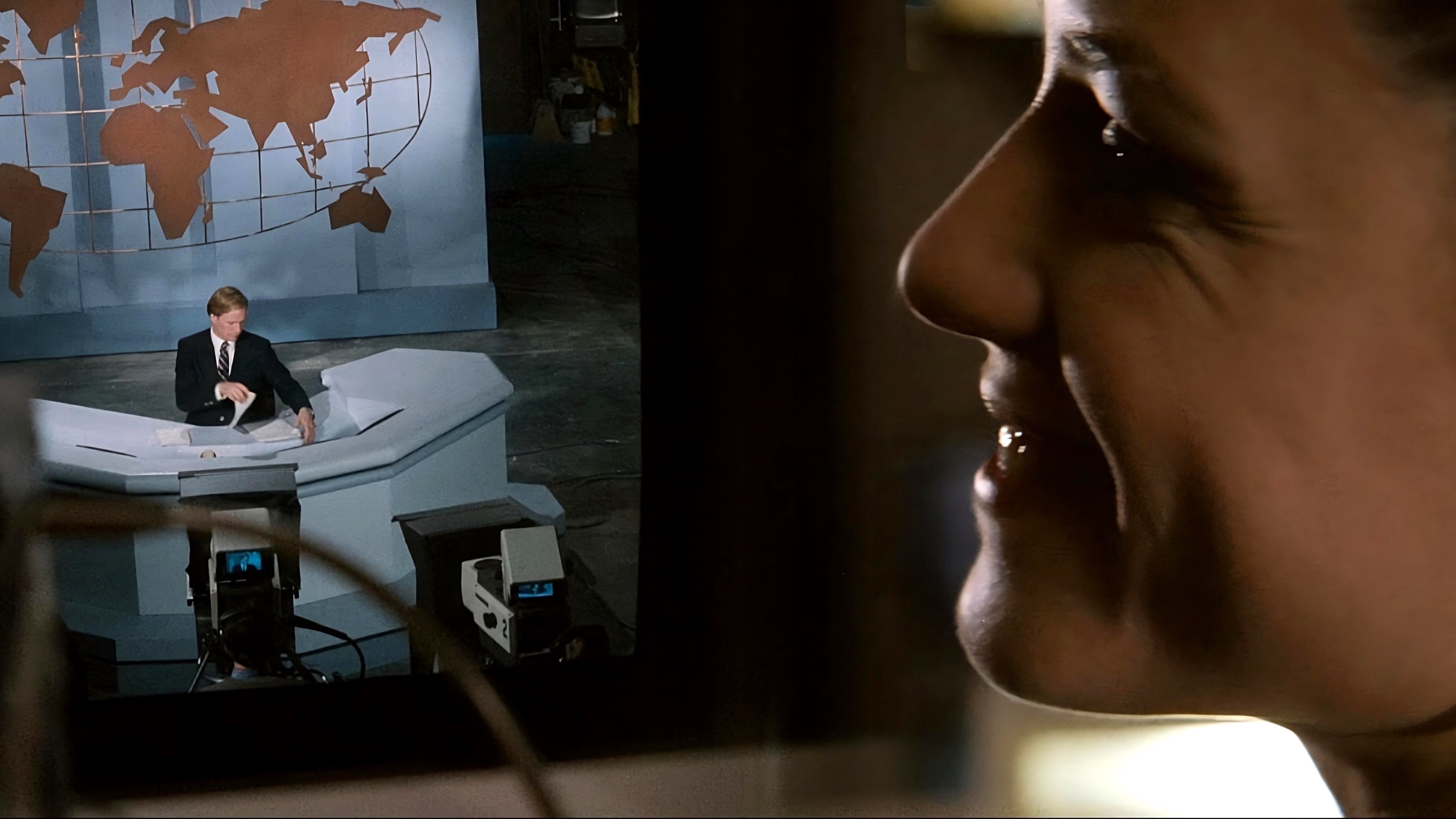
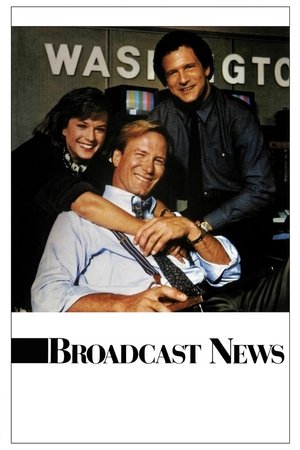
Broadcast News
It’s the story of their lives.
1987 • 2h 13min • ★ 6.745/10 • United States of America
Directed by: James L. Brooks
Cast: Holly Hunter, William Hurt, Albert Brooks, Robert Prosky, Lois Chiles
Basket-case network news producer Jane Craig falls for new reporter Tom Grunnick, a pretty boy who represents the trend towards entertainment news she despises. Aaron Altman, a talented but plain correspondent, carries an unrequited torch for Jane. Sparks fly between the three as the network prepares for big changes, and both the news and Jane must decide between style and substance.


Broadcast News
It’s the story of their lives.
1987 • 2h 13min • ★ 6.745/10 • United States of America
Directed by: James L. Brooks
Cast: Holly Hunter, William Hurt, Albert Brooks, Robert Prosky, Lois Chiles
Basket-case network news producer Jane Craig falls for new reporter Tom Grunnick, a pretty boy who represents the trend towards entertainment news she despises. Aaron Altman, a talented but plain correspondent, carries an unrequited torch for Jane. Sparks fly between the three as the network prepares for big changes, and both the news and Jane must decide between style and substance.
In Broadcast News, Michael Ballhaus demonstrates his cinematographic prowess within the context of a newsroom’s frenetic pace and the personal drama that unfolds behind the camera.
Here, Ballhaus’s visual storytelling complements the narrative seamlessly, crafting a realistic portrayal of media personalities and the environment they thrive in.
Ballhaus’s use of camera movement in Broadcast News effectively captures the highs and lows of television journalism.
His approach underscores not only the characters’ professional challenges but also their personal vulnerabilities, contributing to the film’s emotional depth.
His expertise shines through in meticulously framed shots that balance the sharpness of the newsroom with the softer, more intimate moments shared by the characters.
Key features of Ballhaus’s work include:
- Careful manipulation of lighting to reflect the intensity of the newsroom,
- Strategic close-ups that emphasize the raw emotions of the cast.
Broadcast News stands out in Ballhaus’s oeuvre as it showcases his adaptability in a modern workplace drama unlike his more traditional collaborations with Scorsese.
In this ensemble piece, each character’s journey is visually distinguished, yet the collective narrative remains cohesive and strikingly vivid.
Within Broadcast News, Ballhaus’s cinematography doesn’t just tell a story – it invites us into the heart of the news industry, complete with its pressures, triumphs, and the relentless pursuit of truth.
His camera acts as both observer and participant, blurring the line between the audience and the onscreen world.
Quiz Show (1994)
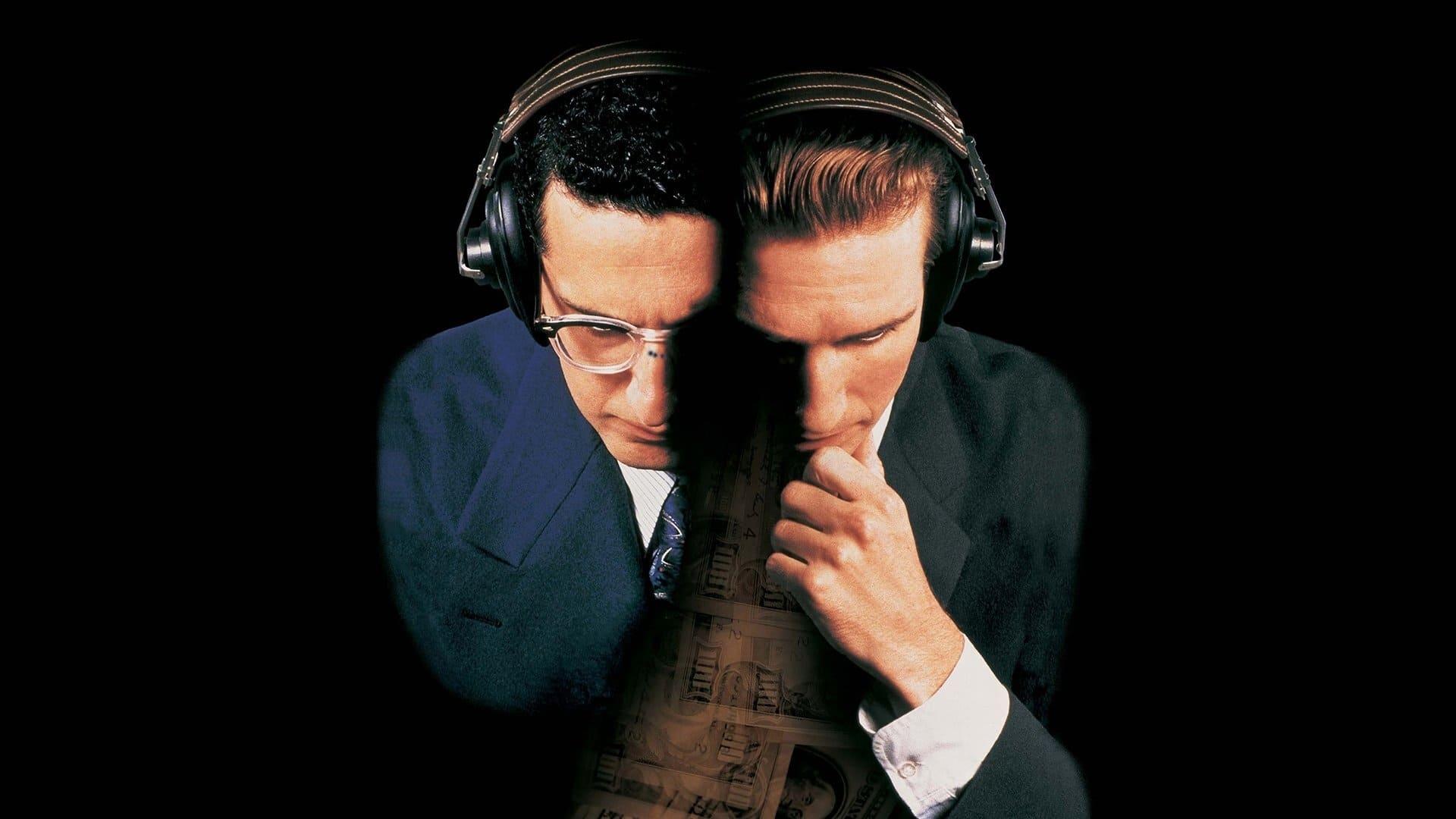
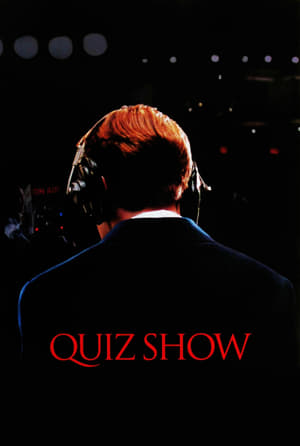
Quiz Show
Fifty million people watched but no one saw a thing.
1994 • 2h 13min • ★ 7.255/10 • United States of America
Directed by: Robert Redford
Cast: Ralph Fiennes, Rob Morrow, John Turturro, Paul Scofield, David Paymer
Herbert Stempel's transformation into an unexpected television personality unfolds as he secures victory on the cherished American game show, 'Twenty-One.' However, when the show introduces the highly skilled contestant Charles Van Doren to replace Stempel, it compels Stempel to let out his frustrations and call out the show as rigged. Lawyer Richard Goodwin steps in and attempts to uncover the orchestrated deception behind the scenes.


Quiz Show
Fifty million people watched but no one saw a thing.
1994 • 2h 13min • ★ 7.255/10 • United States of America
Directed by: Robert Redford
Cast: Ralph Fiennes, Rob Morrow, John Turturro, Paul Scofield, David Paymer
Herbert Stempel's transformation into an unexpected television personality unfolds as he secures victory on the cherished American game show, 'Twenty-One.' However, when the show introduces the highly skilled contestant Charles Van Doren to replace Stempel, it compels Stempel to let out his frustrations and call out the show as rigged. Lawyer Richard Goodwin steps in and attempts to uncover the orchestrated deception behind the scenes.
Continuing with our exploration of Michael Ballhaus’s cinematic touch, we look at Quiz Show.
The dramatic tension of this 1994 classic is captured spectacularly through Ballhaus’s lens, heightening the drama of a 1950s television scandal.
Ballhaus’s ability to draw viewers into the historically rich storyline is noteworthy.
His camera work reflects the era’s style without compromising the clarity and vibrancy we’ve come to expect from his work.
In Quiz Show, Ballhaus managed to:
- Maintain historical authenticity through meticulous attention to detail,
- Enhance the narrative with his expert use of light and shadow.
The dynamic between characters is showcased through Ballhaus’s strategic cinematography.
Tight close-ups and careful composition emphasize the psychological tension central to the film’s plot.
The sets and costumes come to life under Ballhaus’s thoughtful illumination.
Each scene in Quiz Show is suffused with a sense of the era, bringing the glamour and the deceit of the time to the forefront.
There’s an apparent mastery in the way Ballhaus contrasts the allure of the game show with the unraveling personal integrity of the protagonist.
Our viewers discern the emotional undertones as they are pulled deeper into the unfolding drama.
We witness in Quiz Show how Ballhaus’s vision channels the spectacle of television’s golden age.
Each frame contributes to the overarching narrative, ensuring audiences are not merely passive observers but participants in the story.
Ballhaus’s collaboration with director Robert Redford results in a visual experience that stands the test of time.
The synergy between the direction and cinematography in Quiz Show exemplifies how the medium of film can effectively reflect upon and critique social paradigms.
The Fabulous Baker Boys (1989)
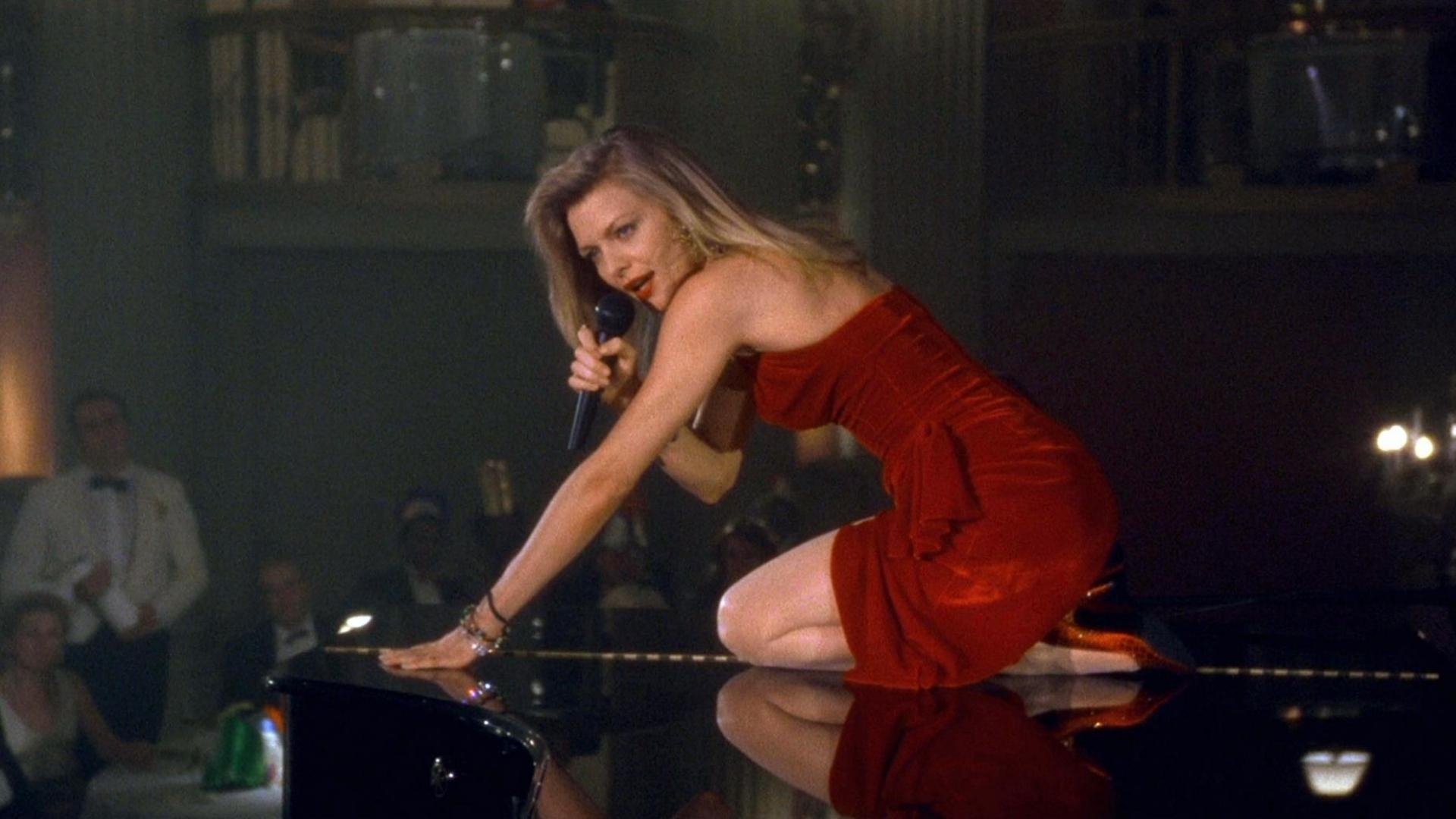
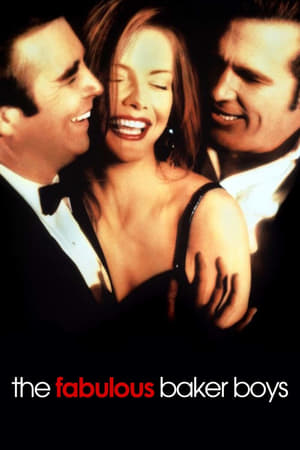
The Fabulous Baker Boys
For 31 years it's been just the Fabulous Baker Boys... but times change.
1989 • 1h 54min • ★ 6.61/10 • United States of America
Directed by: Steve Kloves
Cast: Michelle Pfeiffer, Jeff Bridges, Beau Bridges, Jennifer Tilly, Terri Treas
The lives of two struggling musicians, who happen to be brothers, inevitably change when they team up with a beautiful, up-and-coming singer.


The Fabulous Baker Boys
For 31 years it's been just the Fabulous Baker Boys... but times change.
1989 • 1h 54min • ★ 6.61/10 • United States of America
Directed by: Steve Kloves
Cast: Michelle Pfeiffer, Jeff Bridges, Beau Bridges, Jennifer Tilly, Terri Treas
The lives of two struggling musicians, who happen to be brothers, inevitably change when they team up with a beautiful, up-and-coming singer.
One of Michael Ballhaus’s most celebrated works is his cinematography in The Fabulous Baker Boys.
His keen eye transformed the visual storytelling and added depth to the film’s narrative.
Ballhaus’s collaboration with director Steve Kloves created a visually stunning film.
The neon-lit settings and smooth camera movements established a mood that’s both dreamy and grounded in the characters’ reality.
We cannot overemphasize the iconic scene where Michelle Pfeiffer’s character sings atop a grand piano.
Ballhaus’s lighting choices there are nothing short of masterful, setting the tone for one of the film’s most memorable moments.
Through Ballhaus’s lens, the chemistry between the cast was heightened.
His strategic use of close-ups brought viewers directly into the emotional landscape of the characters.
His work on The Fabulous Baker Boys was more than just capturing images.
It was about crafting a visual language that complemented the film’s jazz-infused soundtrack and the complexities of the characters’ relationships.
Ballhaus employed techniques that gave The Fabulous Baker Boys a distinct look and feel –
- Dynamic tracking shots,
- Soft diffused lighting,
- Purposeful color palettes.
These choices were pivotal in bringing the sultry aesthetic of the film to life.
The cinematography served as a narrative tool that significantly impacted how the story unfolded on screen.
In our ongoing exploration of Ballhaus’s filmography, it’s evident that The Fabulous Baker Boys stands out.
His ability to blend technical prowess with artistic vision makes it a seminal film in the discussion of Ballhaus’s legacy.
Moving through different eras and genres, Ballhaus’s work remains a testament to his versatility and enduring impact on cinema.
As we jump further into his extensive repertoire, his contributions to the visual narrative continue to captivate and inspire us.
Top 10 Michael Ballhaus Films: Masterful Cinematography – Wrap Up
We’ve journeyed through the remarkable cinematic landscapes painted by Michael Ballhaus and witnessed his extraordinary ability to capture the essence of storytelling through his lens.
His work on “The Fabulous Baker Boys” stands as a testament to his skill in marrying the technical with the artistic to create unforgettable movie moments.
Let’s continue to celebrate and enjoy the visual poetry that Ballhaus has left behind for us to savor in these ten iconic films.
His legacy is not just in the images flickering on the screen but in the way he’s inspired us to see the world through a more artful and nuanced lens.
Frequently Asked Questions
Who is Michael Ballhaus?
Michael Ballhaus was a renowned cinematographer known for his visually impactful work in film, contributing his talents to movies like “The Fabulous Baker Boys.
“
What is “The Fabulous Baker Boys”?
“The Fabulous Baker Boys” is a 1989 film notable for its stunning visuals, aided by the cinematography of Michael Ballhaus.
How did Michael Ballhaus impact “The Fabulous Baker Boys”?
Michael Ballhaus elevated the film’s aesthetic with strategic lighting, camera movements, and sophisticated use of color, adding depth and emotion to the narrative.
What techniques did Ballhaus use in the film?
Ballhaus used various techniques, including careful lighting and deliberate camera movements, to enhance the storytelling of “The Fabulous Baker Boys.
“
Why is the film significant in discussing Ballhaus’s legacy?
The film is a testament to Ballhaus’s ability to blend technical skill with artistic vision, showcasing his role in cinematic history and influence on visual storytelling.






